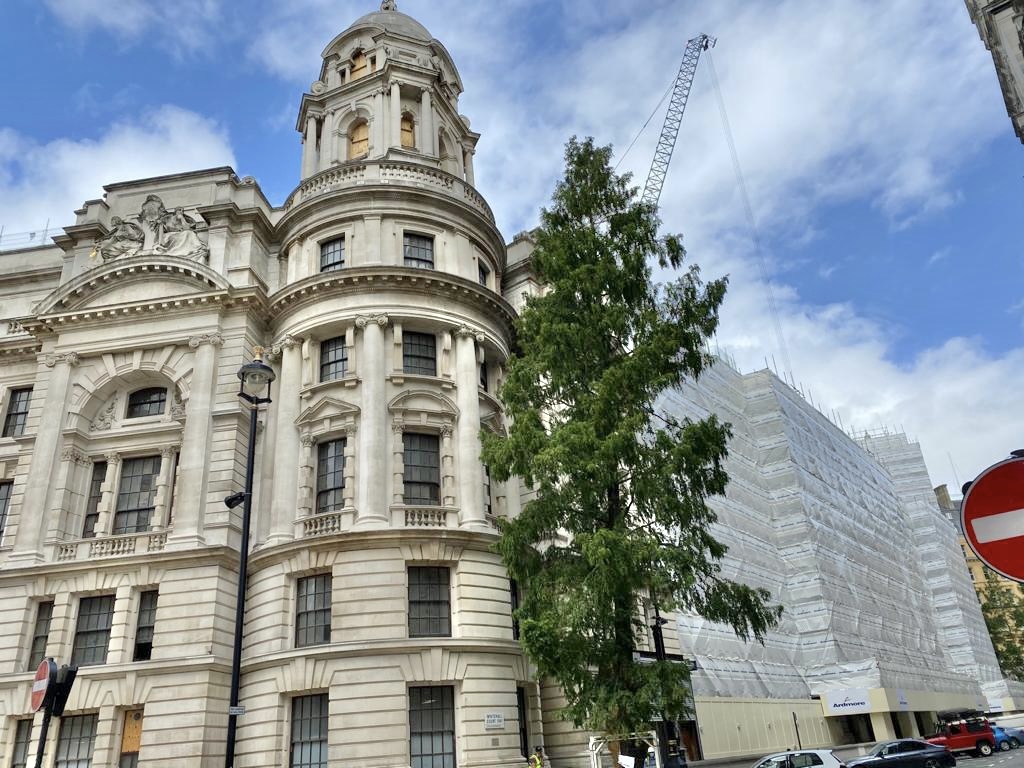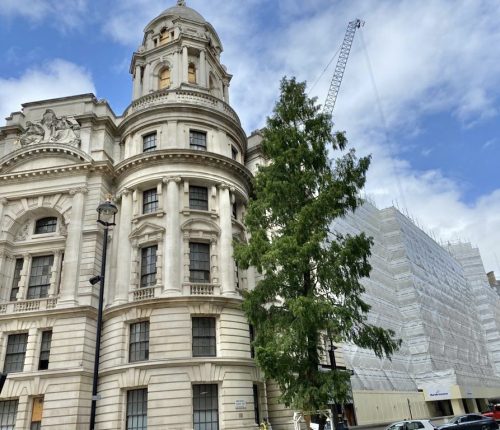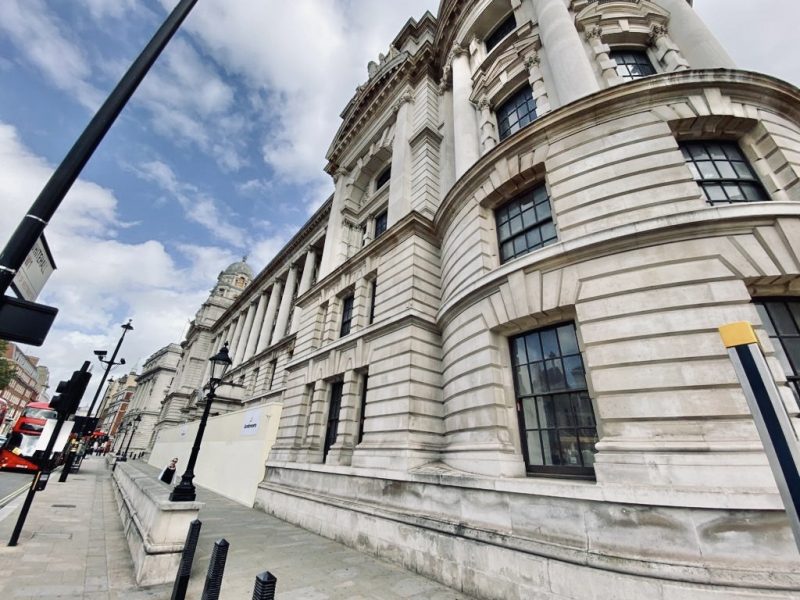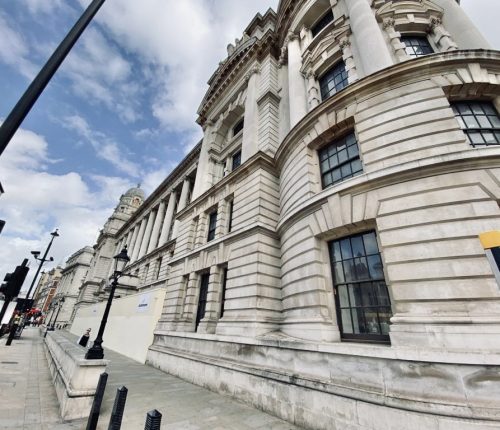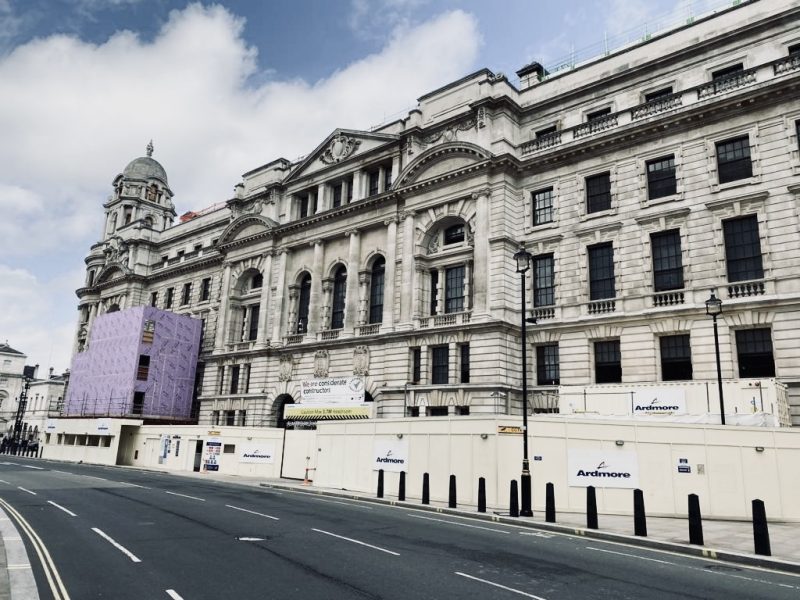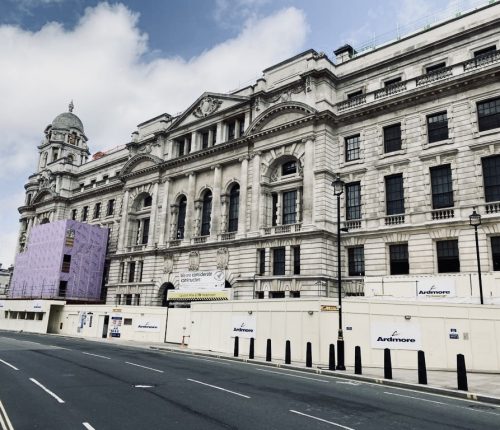Thanks for getting in touch.
We'll get back to you shortly.
Need an urgent response?
Need an urgent response?
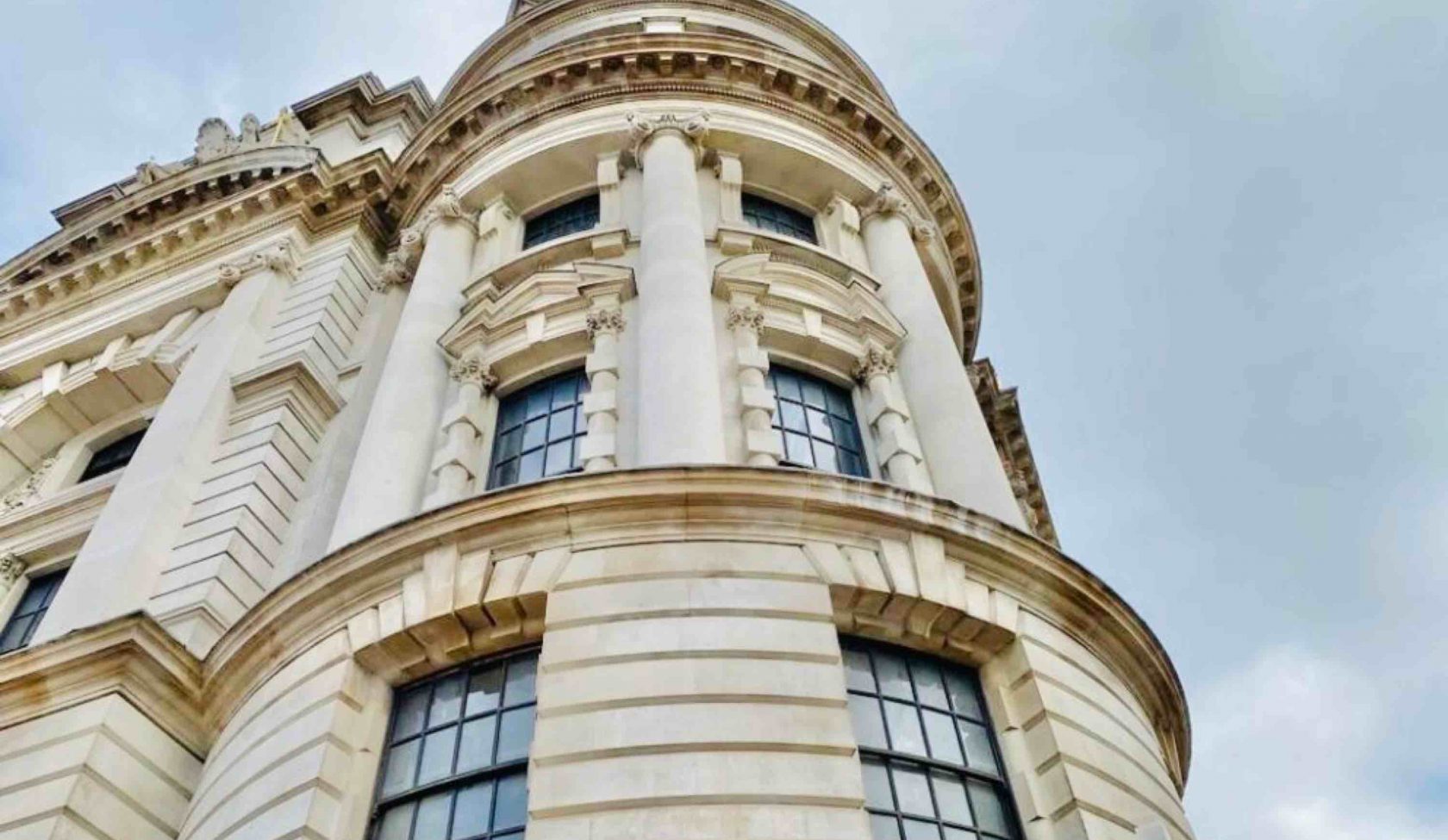
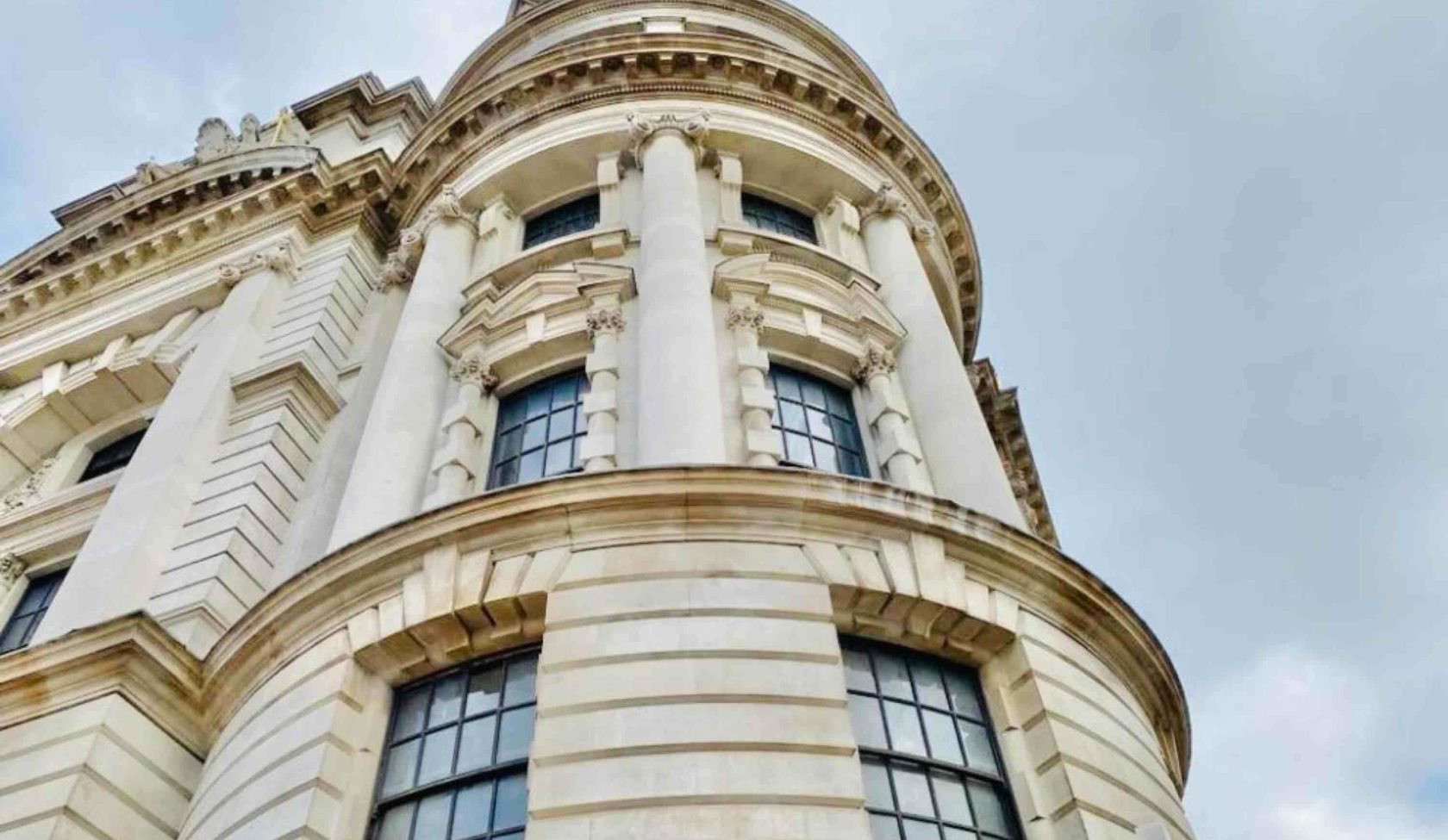
The building was recently sold by Her Majesty’s Government in 2015 for more than £350m to the joint Indian conglomerate Hinduja Group and the Spanish construction group Obrascón Huarte Laín Desarrollos. The purchase will see this already dignified and splendid building turned into a lavish and elegant state-of-the-art hotel with The Raffles Group.

Originally completed in 1906, it once served as a centre of official intelligence. The building was a former department of the British government and housed the administration of the British Army between 1857 and 1964. Once used as Winston Churchill’s former war office, these headquarters have also housed additional significant political and military leaders, including David Lloyd George, Herbert Asquith, Lord Kitchener and TE Lawrence.
The building was recently sold by Her Majesty’s Government in 2015 for more than £350m to the joint Indian conglomerate Hinduja Group and the Spanish construction group Obrascón Huarte Laín Desarrollos. The purchase will see this already dignified and splendid building turned into a lavish and elegant state-of-the-art hotel with The Raffles Group.
Set to open in 2022, the 54,000 sq metres will house 125 hotel rooms, 85 private residences, nine restaurants and bars, a spa, and boutique retail experiences, along with a state-of-the-art gymnasium and 25-metre pool.
However, to keep hold of its historical architecture and design, the building will remain largely retained. All heritage sash windows and heritage casement windows will be subject to a full heritage sash window restoration, and a new double-height basement and breathtaking rooftop extension will be added. Visitors arriving from Horse Guards Avenue will also be greeted by a splendidly redesigned internal quadrangle courtyard providing an exclusive arrival experience.
The redevelopment project has been carried out by Ardmore Group, with TRC contracted as partners to restore over 1,000 timber sash windows throughout the building.
Windows and frames were rubbed down and prepped using wire wool, tack cloths and graded sandpaper, and have been filled where necessary using a tinted two-pack filler.
Wood dye was used on bare wood and badly discoloured areas to match the surrounding tone.
Two coats of walnut satin quick-dry varnish has been applied to the interior, along with two coats of rosewood Sadolin wood stain to the exterior.
Existing glass was replaced with Histoglass using the recommended glazing compound, and new sash chains replaced existing ones.
